An organic compound (A) with molecular formula forms an orange red precipitate with 2, 4 dinitrophenyl hydrazine and gives yellow precipitate on heating with iodine in presence of sodium hydroxide. It neither reduces Tollen.s reagent nor Fehling solution and it also does not decolourise bromine water or Baeyer.s reagent.
On drastic oxidation with chromic acid, it gives a carboxylic acid (B) having molecular formula . Identify the compound (A) and (B) and explain in detail the reactions involved.
The given organic compound (A) with molecular formula forms an orange red ppt, with 2, 4-DNP and does not reduce Tollen.s reagent and Fehling solution. So, it must be a ketone. It also gives yellow precipitate on heating with iodine in presence of sodium hydroxide. So, it must have group.
On drastic oxidation, compound (A) gives a carboxylic acid with molecular formula . That clearly indicates that organic compound (A) is acetophenone.
Following reactions are involved:
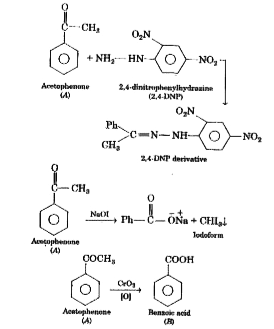
Similar Questions
An organic compound (A) with molecular formula C8H8O forms an orange red precipitate with 2,4 -DNP reagent and gives yellow precipitate on heating with iodine in the presence of sodium hydroxide . It neither reduces Tollen's reagent or Fehling's solution , nor does it decolourise bromine water or Baeyer's reagent. On drastic oxidation with chromic acid, it gives a carboxylic acid (B) having molecular formulae C7H6O2. Identify the compound (A) and (B) and explain the reactions involved .
View SolutionAn organic compound (A) with molecular formula C8H8O forms an orange red precipitate with 2,4 -DNP reagent and gives yellow precipitate on heating with iodine in the presence of sodium hydroxide . It neither reduces Tollen's reagent or Fehling's solution , nor does it decolourise bromine water or Baeyer's reagent. On drastic oxidation with chromic acid, it gives a carboxylic acid (B) having molecular formulae C7H6O2. Identify the compound (A) and (B) and explain the reactions involved .
View Solution
Knowledge Check
An organic compound (A) with molecular formula C8H8O forms an orange red precipitate with 2,4 -DNP reagent and gives yellow precipitate on heating with iodine in the presence of sodium hydroxide . It neither reduces Tollen's reagent or Fehling's solution , nor does it decolourise bromine water or Baeyer's reagent. On drastic oxidation with chromic acid, it gives a carboxylic acid (B) having molecular formulae C7H6O2. Identify the compound (A) and (B) and explain the reactions involved .
A B
B C
C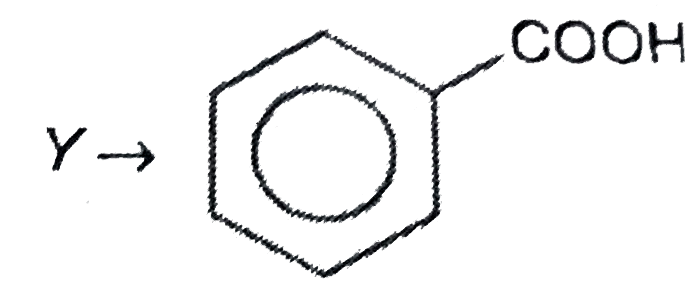 D
D
An organic compound 'P' with jmolecular formula C8H8O forms an organic red ppt with 2,4−DNP gives yellow ppt. on heating with I2 in presence of NaOH. It neither reduces tollen's or fehling reagent nor does it decolourise Br2 water or baeyer's reagent. On drastic oxidation with chromic acid (H2CrO4) it gives an acid (Q) having molecular formula C7H6O2.
Q. QNaOH/CaO/Δ−−−−−−−−−−→R (Major product).
R will be,A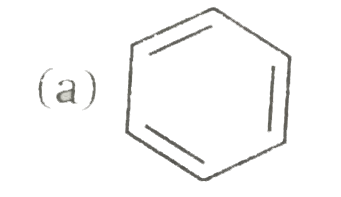 B
B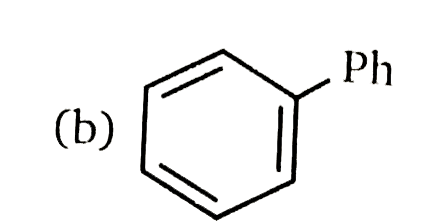 C
C D
D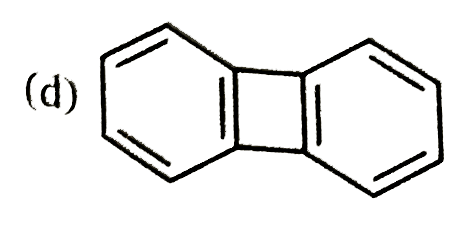
An organic compound of molecular formula C3H6O does not produce any precipitate with 2,4-dinitrophenyl hydrazine and does not react with sodium metal. This compound is
ACH3COCH3BCH2=CH−OCH3CCH3CH2CHODCH2=CHCH2OH
Compound which forms an orange red precipitate with 2, 4 - DNP reagent and gives yellow precipitate on heating with iodine in the presence of sodium hydroxide is
View SolutionAn organic compound [A] with molecular formula C9H10O forms an arage-red precipitate [B] with 2,4 DNP reagent. Compound [A] gives yellow precipiatate [C] on heating wihth iodine in the presence of soedium hydroxide along with a colourless compound [D]. The compound [A] does not reduce Tollen's reagent or Fehling's solution nor does it decolourise bromine water or Baeyer's reagent. On drastic oxidation with chromic acid, compound [A] gives a crboxylic acid [E] having molecular formula C7H6O2. Deduce the strcutres of the organic compounds [A] to [E].
View SolutionAn organic compound 'P' with jmolecular formula C8H8O forms an organic red ppt with 2,4−DNP gives yellow ppt. on heating with I2 in presence of NaOH. It neither reduces tollen's or fehling reagent nor does it decolourise Br2 water or baeyer's reagent. On drastic oxidation with chromic acid (H2CrO4) it gives an acid (Q) having molecular formula C7H6O2.
Q. Identify compound P:
View SolutionAnorganic compound (A) having molecular formula C9H10O forms an orange red precipitate (B) with 2,4-DNP reagent. Compound (A) gives a yellow precipitate (C) When heated in the presence of iodine and NaOH alongwith a colourless compound (D). (A) does not reduce Tollens' reagent or Fehling solution nor does it decolourise bromine water. On drastic oxidation of (A) with chromic acid, a carboxylic acid (E) of molecular formula C7H6O2 is formed. Deduce the structures of the organic compounds (A) to (E ).
View SolutionAnorganic compound (A) having molecular formula C9H10O forms an orange red precipitate (B) with 2,4-DNP reagent. Compound (A) gives a yellow precipitate (C) When heated in the presence of iodine and NaOH alongwith a colourless compound (D). (A) does not reduce Tollens' reagent or Fehling solution nor does it decolourise bromine water. On drastic oxidation of (A) with chromic acid, a carboxylic acid (E) of molecular formula C7H6O2 is formed. Deduce the structures of the organic compounds (A) to (E ).
View Solution
